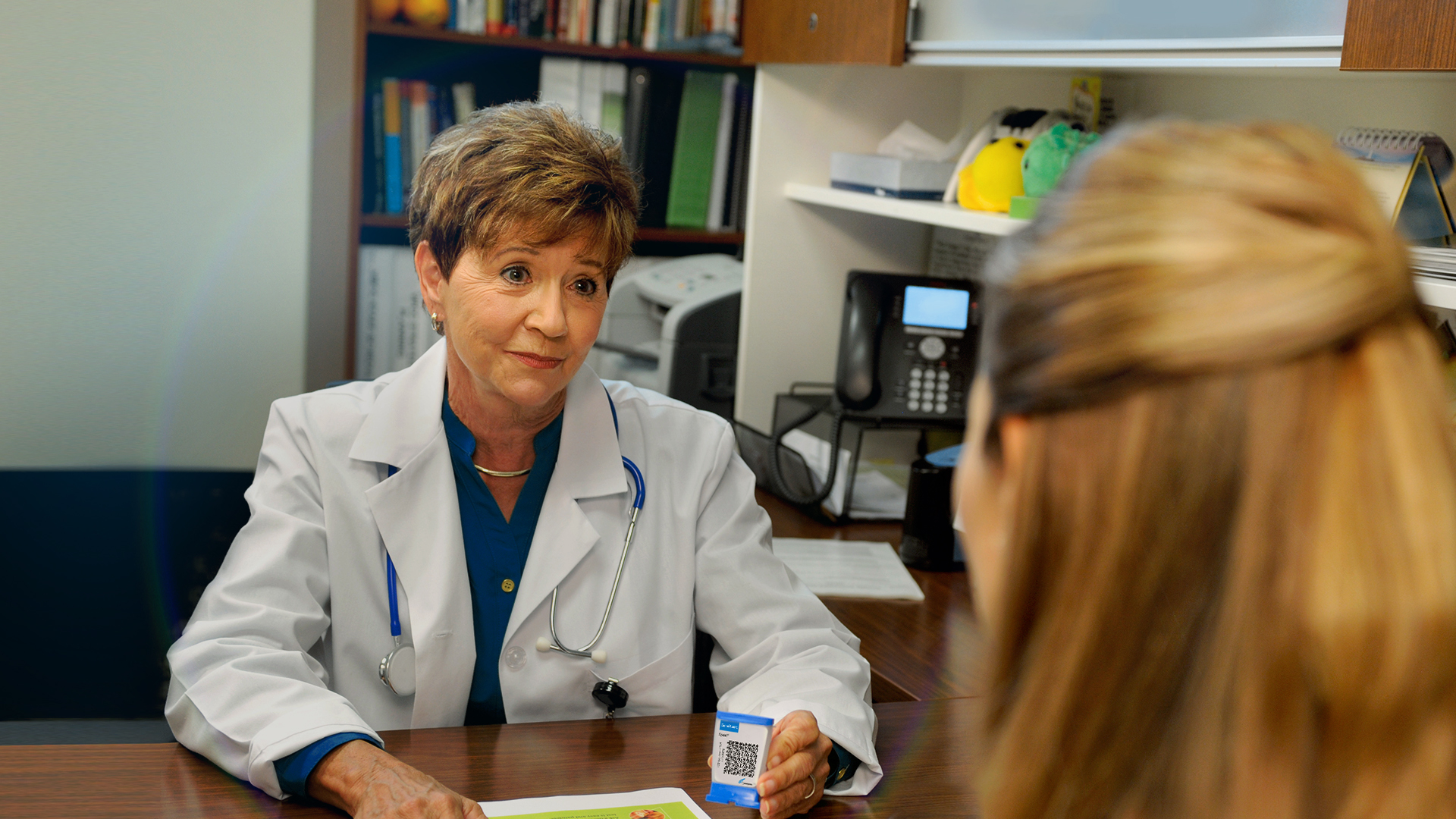C. difficile Testing with Molecular or Nucleic Acid Amplification Tests
Is Treatment the Only Issue?
C. difficile is the leading cause of gastroenteritis-associated death and is associated with approximately $5 billion in excess healthcare spending. Given the importance of accurate detection and appropriate infection control measures, diagnostics play a critical role in the management of patients with clinically significant diarrhea.
Webinar
Diagnosis of Clostridium difficile Infections: The Latest Poop
Clostridium difficile is the most common cause of health care-associated infections in U.S. hospitals and the leading cause of gastroenteritis-associated deaths. This presentation will review the evolution of laboratory tests used to diagnose Clostridium difficile infections and consider the advantages and disadvantages of current approaches. Controversies regarding potential over-diagnosis and optimal testing strategies will be discussed.
Frequently Asked Questions
References:
1. Cohen SH, Gerding DN, Johnson S, et al. Clinical practice guidelines for Clostridium difficile infection in adults: 2010 update by the society for healthcare epidemiology of America (SHEA) and the infectious diseases society of America (IDSA). Infect Control Hosp Epidemiol. 2010;31: 431-55.
2. Berry N, Sewell B, Jafri S, et al. Real-time polymerase chain reaction correlates well with clinical diagnosis of Clostridium difficile infection. J Hosp Infect. 2014;87:109-14.
3. Novak-Weekley SM, Marlowe EM, Miller JM, et al. Clostridium difficile testing in the clinical laboratory by use of multiple testing algorithms. J Clin Microbiol. 2010;48:889-93.
4. Tenover FC, Novak-Weekley S, Woods CW, et al. Impact of strain type on detection of toxigenic Clostridium difficile: comparison of molecular diagnostic and enzyme immunoassay approaches. J Clin Microbiol. 2010;48:3719-24.
5. Curry SR, Muto CA, Schlackman JL, et al. Use of multilocus variable number of tandem repeats analysis genotyping to determine the role of asymptomatic carriers in Clostridium difficile transmission. Clin Infect Dis. 2013;57:1094–102.
6. Polage CR, Gyorke CE, Kennedy MA et al. Overdiagnosis of Clostridium difficile Infection in the Molecular Test Era. JAMA Intern Med. 2015:1-10. Published online September 8, 2015.
7. Planche TD, Davies KA, Coen PG, et al. Differences in outcome according to Clostridium difficile testing method: a prospective multicentre diagnostic validation study of C difficile infection. Lancet Infect Dis. 2013;13:936-45.
8. Surawicz CM, Brandt LJ, Binion DG, et al. Guidelines for diagnosis, treatment, and prevention of Clostridium difficile infections. Am J Gastroenterol. 2013;108:478-98.
9. Dubberke ER, Burnham CD. Diagnosis of Clostridium difficile Infection: Treat the Patient, Not the Test. JAMA Intern Med. 2015:1-10. Published online September 8, 2015.
10. Bagdasarian N, Rao K, Malani PN. Diagnosis and treatment of Clostridium difficile in adults: a systematic review. JAMA. 2015;313(4):398-408.
11. Schroeder LF, Robilotti E, Peterson LR, et al. Economic evaluation of laboratory testing strategies for hospital-associated Clostridium difficile infection. J Clin Microbiol. 2014;52:489-96.
12. Guerrero DM, Chou C, Jury LA, et al. Clinical and infection control implications of Clostridium difficile infection with negative enzyme immunoassay for toxin. Clin Infect Dis. 2011;53:287-90.
13. Centers for Disease Control and Prevention. Frequently Asked Questions about Clostridium difficile for Healthcare Providers. Available at: http://www.cdc.gov/HAI/organisms/cdiff/Cdiff_faqs_HCP.html.
14. Mermel LA, Jefferson J, Blanchard K, et al. Reducing Clostridium difficile incidence, colectomies, and mortality in the hospital setting: a successful multidisciplinary approach. Jt Comm J Qual Patient Saf. 2013;39:298-305.
15. Dudeck MA, Weiner LM, Malpiedi PJ, et al. Risk Adjustment for Healthcare Facility-Onset C. difficile and MRSA Bacteremia Laboratory-identified Event Reporting in NHSN. Published March 12, 2013. Available at: http://www.cdc.gov/nhsn/pdfs/mrsa-cdi/RiskAdjustment-MRSA-CDI.pdf.




